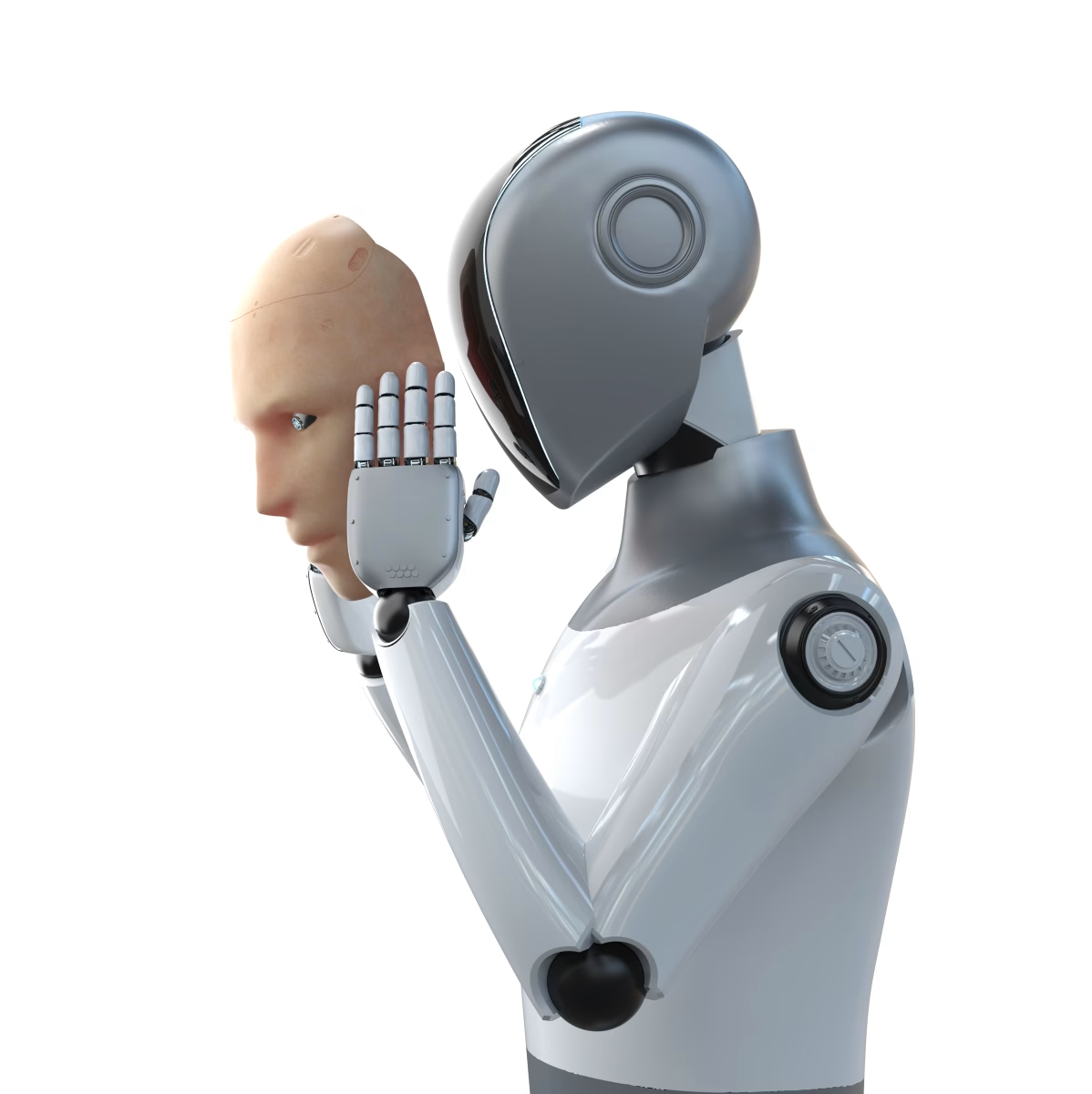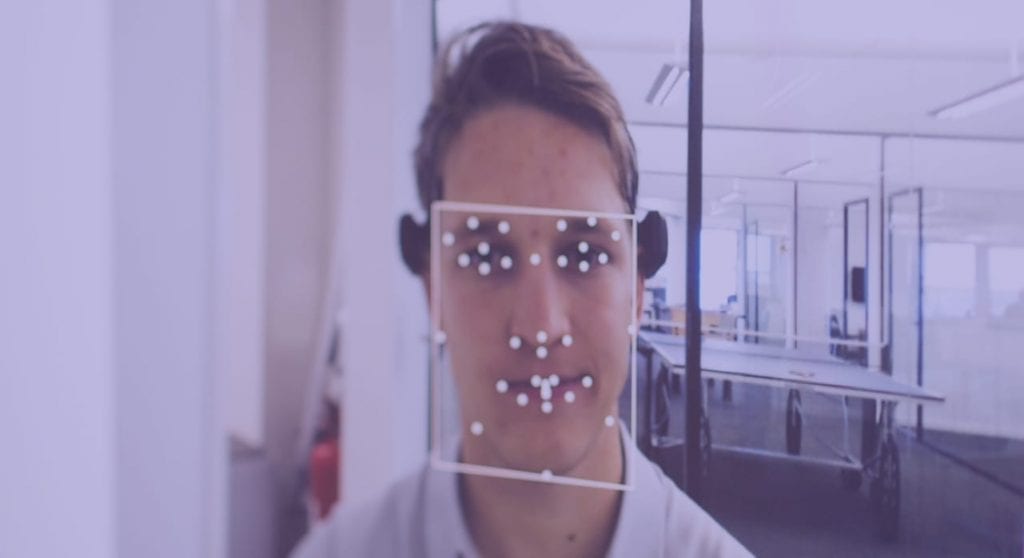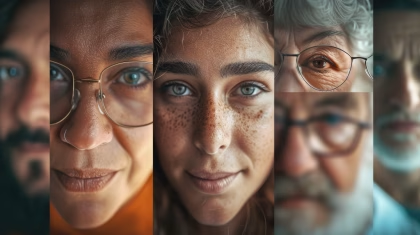The Uncanny Valley affects trust in human-robot interaction, making near-human robots appear unsettling. Eye tracking and facial expression analysis reveal how subtle imperfections in movement and expression trigger discomfort. Understanding these cues helps designers create robots that foster trust and avoid the eerie effect of near-human AI and robotics.
Table of Contents
- Why do robots that look too human make us uncomfortable, and what does science tell us about designing more trustworthy robots and AI?
- Facial and Motion Imperfections
- Violation of Social Norms
- Cognitive Dissonance and Expectation Gaps
- Eye-Tracking Studies
- Facial Expression and Emotional Analysis
- Biometric Feedback and Physiological Responses
- Experimental Studies and Surveys
- Moderate Anthropomorphism
- Predictable and Natural Movements
- Transparent and Ethical AI Design
Why do robots that look too human make us uncomfortable, and what does science tell us about designing more trustworthy robots and AI?
Introduction To the Uncanny Valley and Assistive Robotics
Assistive robots and AI-powered assistants become more and more integrated into our daily lives. This is generally thought to be a good thing, as robots and assistive AI can take over many areas where the world lacks human hands or where human beings simply cannot operate. The rise of assistive robotics does bring with it a curious psychological phenomenon known as the Uncanny Valley.
The uncanny Valley plays a crucial role in shaping human perceptions of these machines. The Uncanny Valley refers to the eerie discomfort people experience when robots or AI systems appear almost human-but not quite. Just think of the oft-publicized instances where ChatGPT referred to itself as a reflective entity, or the increasing advances in making robots appear as human as possible.

This phenomenon affects trust in human-robot interaction (HRI), influencing whether people accept or reject robotic systems. But what causes the Uncanny Valley, and how can designers create robots that inspire confidence rather than unease? This article explores the psychology behind this effect and its implications for AI and robotics design.
1. What is the Uncanny Valley?
Coined by roboticist Masahiro Mori in 1970, the Uncanny Valley describes a dip in human comfort levels when interacting with robots that look almost human but exhibit subtle imperfections. Instead of feeling more relatable, these robots trigger discomfort, unease, or even fear. The theory suggests that as a robot becomes more human-like, trust initially increases-until it reaches a point where the slight mismatches in behavior or appearance create an unsettling response. Beyond this dip, if robots become indistinguishable from humans, trust can be restored.
2. Psychological Factors Behind the Uncanny Valley
Several cognitive and emotional mechanisms contribute to the Uncanny Valley effect:
Facial and Motion Imperfections
- Subtle inconsistencies: Human faces and movements are highly complex, and even small deviations in a robot’s facial expressions or gestures can appear unnatural.
- Delayed or rigid movements: A robot’s lag in responding to human cues or its overly mechanical movements can make interactions feel artificial and off-putting.
Violation of Social Norms
- Mismatched expressions and emotions: When a robot’s facial expression or vocal tone does not align with the context, it can create discomfort.
- Eye contact irregularities: Eye-tracking research shows that people feel uneasy when robots hold eye contact for too long or not long enough.
Cognitive Dissonance and Expectation Gaps
- Perceptual mismatch: Our brains have evolved to process human faces with precision, so when a robot is almost but not fully human-like, it can trigger a feeling of wrongness.
- Lack of emotional depth: Even if a robot can simulate emotions, people may perceive them as hollow or manipulative.
3. Measuring and Testing the Uncanny Valley Effect
It seems then the sweet-spot for robotics design is either; creating a robot that is indistinguishable from any person on the street, or designing a robot that is so “robotic” that no one is in any doubt as to what the thing is. Option one is probably still, some would say, luckily, decades in the future, but option 2 is pretty straight forward. That is if it is done right.
Human behavior research is the perfect tool for designing and iterating robotics design, especially for assistive robotics. Tracking user engagement and emotional responses through interaction with a robot, is the best and most direct way of creating a robot that puts users at ease and fulfills its function without having people who might depend on it be scared or creeped out by it. Human behavior research provides a number of ways to gain insights into how the Uncanny Valley can be quantified and understood:
Eye-Tracking Studies
Eye-tracking technology allows researchers to examine where and how long a person looks at a robot’s face. Studies show that people tend to focus more on unnatural facial features or inconsistencies in movement, signaling discomfort. By tracking gaze fixation patterns, researchers can determine which aspects of a robot’s design triggers the Uncanny Valley effect the most.
Eye Tracking Glasses
Unlock real-world insights with wearable eye tracking technology.

Facial Expression and Emotional Analysis
Using AI-driven facial expression analysis, scientists can detect micro-expressions-subtle involuntary facial movements that reveal genuine emotional responses. If a person exhibits expressions of confusion or mild distress when interacting with a robot, it can indicate a dip into the Uncanny Valley. Understanding these reactions can help developers refine robot design to avoid negative responses.
Facial Expression Analysis
Decode emotional expressions as they happen.
Biometric Feedback and Physiological Responses
- Heart Rate Variability (HRV): When people encounter unsettling stimuli, their heart rate may fluctuate, signaling an autonomic nervous system response.
- Galvanic Skin Response (GSR): GSR measures subtle changes in perspiration levels, which can indicate stress or discomfort during interaction with near-human robots.
- EEG Brain Activity Monitoring: Neuroimaging techniques, such as electroencephalography (EEG), can track how the brain processes robotic interactions. Studies suggest increased activity in the amygdala and prefrontal cortex when people engage with robots that fall into the Uncanny Valley.
Electrocardiogram
Gain invaluable psychophysiological insights through the behavior of the heart.
EDA/GSR (Electrodermal Activity)
Measure skin conductivity to indicate emotional arousal and stress.
Electroencephalography (EEG)
Measure brain activity and discover the cognitive processes that underline how we think, react, and behave.
Experimental Studies and Surveys
In controlled experiments, participants are often asked to interact with various robots, ranging from highly mechanical to highly human-like, and provide subjective ratings of trust, comfort, and emotional connection. Combining survey responses with biometric data gives researchers a fuller picture of how different design elements influence trust.
4. Designing Robots to Overcome the Uncanny Valley
To build robots that foster trust instead of discomfort, designers should consider:
Moderate Anthropomorphism
- Robots that are too human-like risk falling into the Uncanny Valley, whereas those with a more stylized, non-human appearance (e.g., cartoon-like or clearly robotic) tend to be perceived more favorably.
- Simplified facial features can make robots appear more relatable without evoking discomfort.
Predictable and Natural Movements
- Smooth, fluid motions that mimic human body language without over-exaggeration can improve acceptance.
- Aligning response times and micro-expressions with human social expectations helps maintain trust.
Transparent and Ethical AI Design
- Robots should clearly communicate their capabilities and limitations to users.
- Overuse of emotion-simulating AI could lead to ethical concerns about manipulation.
Conclusion
The Uncanny Valley remains a key barrier in human-robot interaction, influencing trust and adoption of AI-powered systems. By understanding the psychological triggers behind this phenomenon and designing robots that avoid falling into the valley, researchers and developers can create AI that feels more natural, engaging, and ultimately, more trusted by humans. The challenge ahead is not just technological but deeply psychological: How do we make robots feel familiar, without making them feel unsettling?
Free 42-page Facial Expression Analysis Guide
For Beginners and Intermediates
- Get a thorough understanding of all aspects
- Valuable facial expression analysis insights
- Learn how to take your research to the next level












